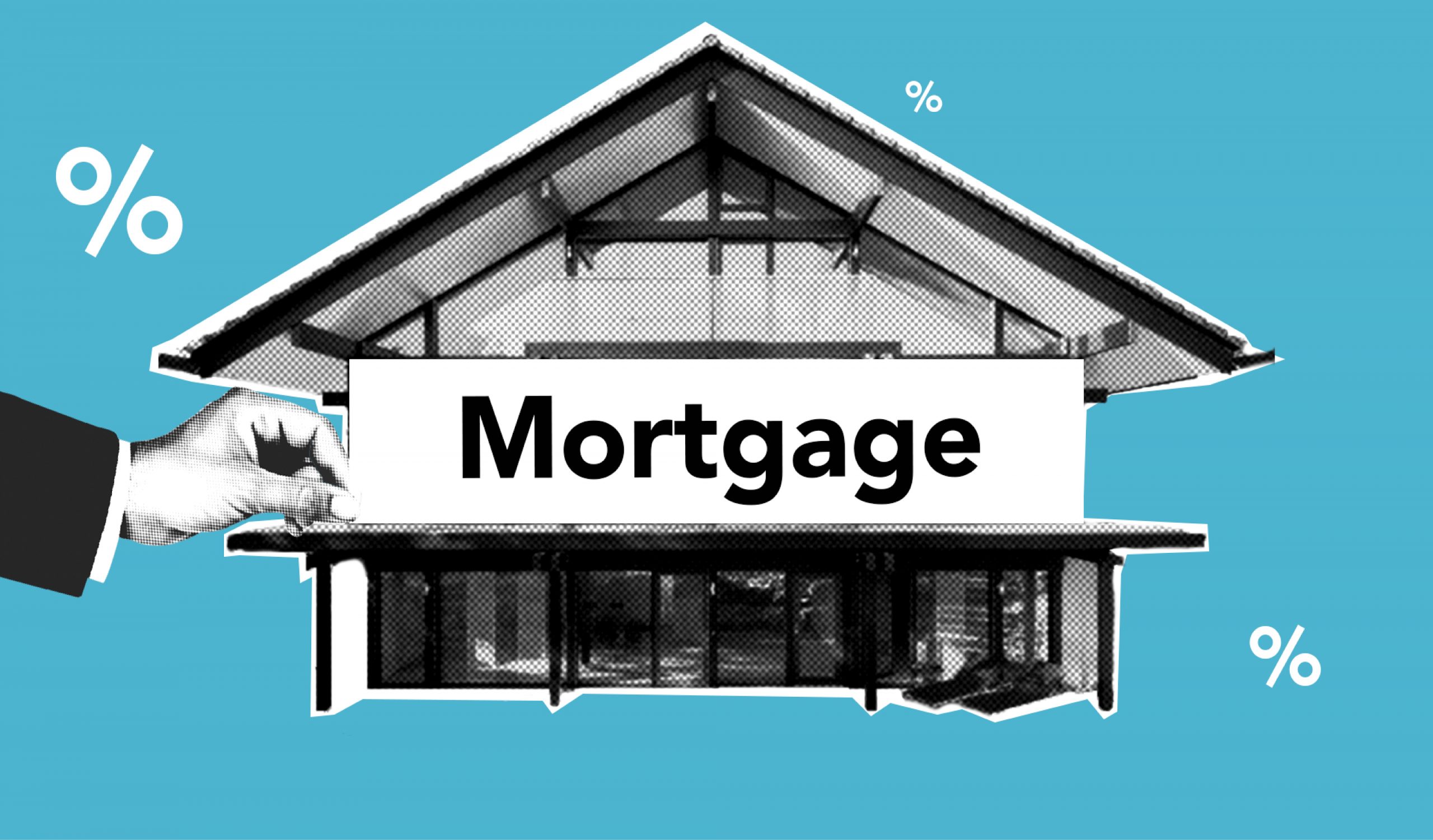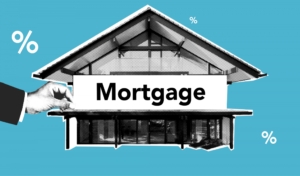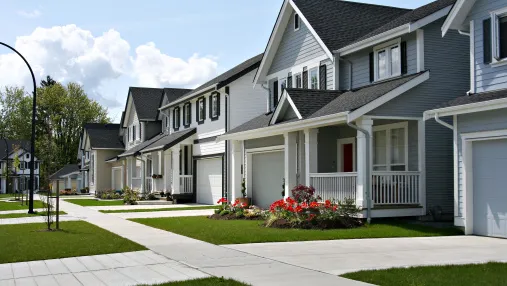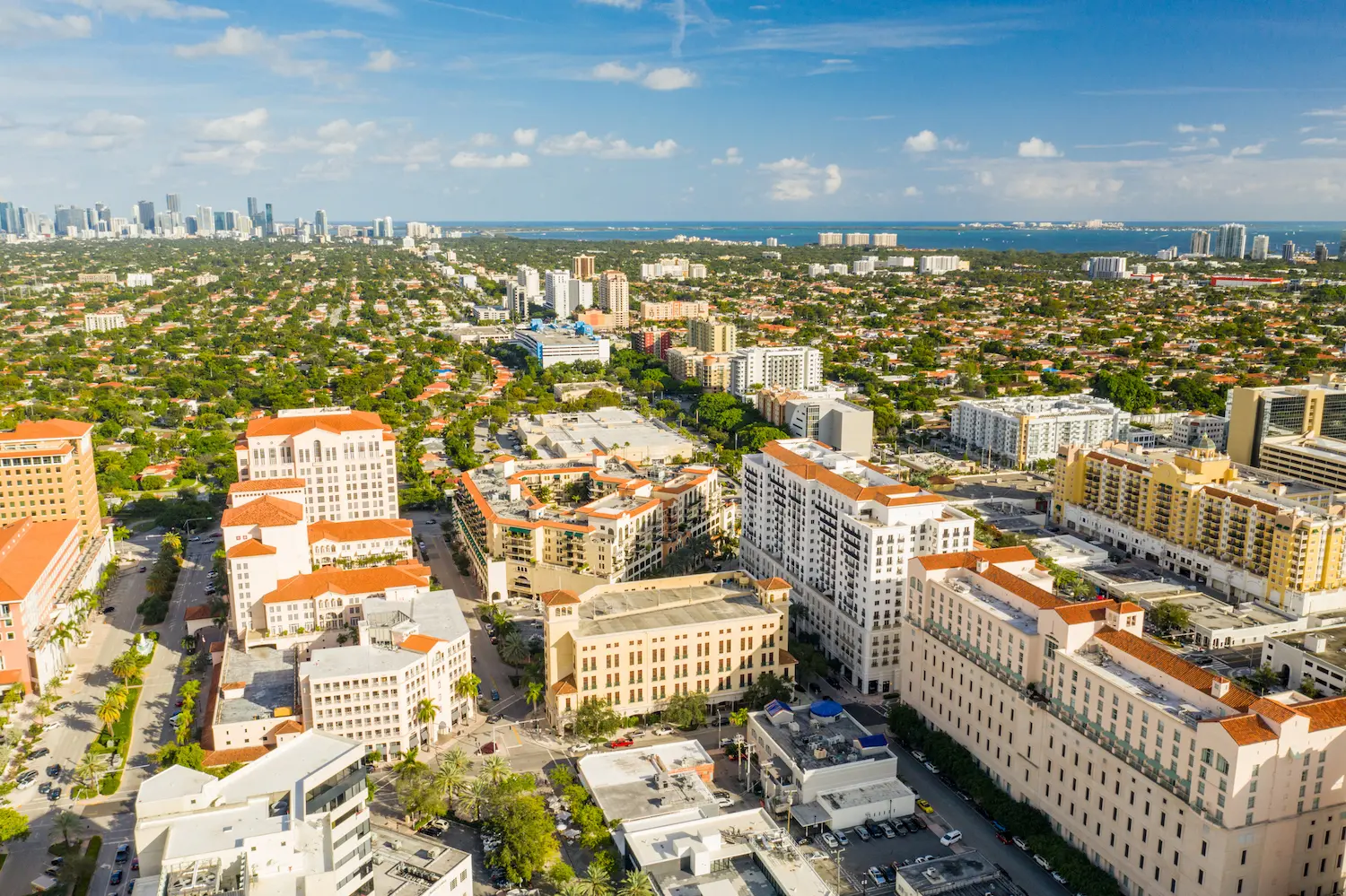Housing Market Crisis 2025: Record-Breaking Mortgage Payments Signal Market Shift Ahead
The American housing landscape is experiencing unprecedented financial pressure, with monthly mortgage payments climbing to within striking distance of historical peaks. As of late May 2025, the typical homebuyer faces a staggering $2,860 monthly payment—just $25 away from the all-time record. This financial reality is fundamentally reshaping the housing market, creating both challenges and unexpected opportunities for prospective buyers.
The current housing crisis represents more than just elevated costs; it signals a pivotal moment where market dynamics are beginning to shift dramatically. While affordability remains a significant barrier, emerging trends suggest relief may be on the horizon for patient buyers willing to navigate the changing landscape.
The Perfect Storm: Understanding Today's Housing Payment Crisis
The surge in housing costs stems from a complex interplay of factors that have converged to create what many experts describe as a perfect storm in the real estate market. Home-price growth increased in January 2025 by 4.1 percent, according to the latest Case-Shiller Index, while mortgage rates have remained stubbornly high throughout the year.
Current mortgage rates averaging 6.86% represent a significant burden for homebuyers, particularly when combined with median home sale prices that have risen 1.9% year-over-year to $394,375. This dual pressure of elevated borrowing costs and appreciating home values has created an affordability crisis that extends far beyond traditional first-time buyer challenges.
The financial strain is evident in buyer behavior patterns. Pending home sales have declined 1.7% from the previous year, while Redfin's Homebuyer Demand Index remains essentially flat month-over-month. Perhaps most telling is the cancellation rate: approximately 14% of homes going under contract are having their deals fall through—the highest percentage for this time of year since the pandemic-era market disruption.
Market experts point to widespread economic uncertainty as a contributing factor keeping potential buyers sidelined. Demand looks set to remain at exceptionally low levels, according to recent forecasts, as consumers grapple with persistent inflation concerns and shifting economic conditions.
Market Dynamics: The Emerging Buyer's Advantage
Despite the challenging affordability landscape, significant shifts are creating unexpected advantages for determined homebuyers. The market is experiencing a notable increase in housing inventory, with new listings up 3.9% year-over-year and total available homes rising by an impressive 11.9%. This inventory growth represents the smallest increase in over a year, but it's creating meaningful opportunities for buyers.
The supply-demand imbalance is tilting increasingly in favor of buyers. With more sellers than buyers active in the market, negotiation power is shifting dramatically. Venus Martinez, a Redfin Premier agent in Los Angeles, observes this transformation firsthand: "Sellers are realizing we're in a new market, which is making them flexible. A lot of sellers, especially those who may have bought at the top of the market and need to sell, are willing to accept less money for their homes, give concessions to buyers, and even negotiate commissions."
This newfound flexibility extends beyond simple price reductions. Buyers are successfully negotiating various concessions, including closing cost assistance, home warranties, and extended inspection periods. The median days on market has increased to 36 days—four days longer than the previous year—giving buyers more time to make informed decisions without the pressure of immediate competition.
The negotiation advantage is particularly pronounced for homes that have lingered on the market for several weeks or properties that have fallen out of previous contracts. These situations often present the best opportunities for buyers to secure favorable terms and pricing concessions.
Regional Variations: Where Opportunities Emerge
The housing market's transformation isn't uniform across the United States, with significant regional variations creating distinct opportunities and challenges. Eleven of the 50 most populous metropolitan areas are already experiencing home price declines, signaling an early preview of broader market changes.
The most substantial price reductions are occurring in Oakland, California, where prices have dropped 4.9% year-over-year, followed by Dallas (-4.5%) and Jacksonville, Florida (-3.0%). These markets represent early indicators of the pricing pressure that economists expect to spread more broadly by year's end.
Conversely, certain markets continue to experience robust price appreciation. Philadelphia leads the nation with a 15% year-over-year increase in median sale prices, followed by Detroit (11.3%) and Pittsburgh (10.1%). These markets often reflect specific local economic conditions, population growth patterns, or supply constraints that insulate them from broader market pressures.
The regional disparities extend to buyer activity as well. Cities like Cincinnati, Indianapolis, and Montgomery County, Pennsylvania, are seeing increases in pending sales, while markets such as Miami (-21.5%), Fort Lauderdale (-16.5%), and Las Vegas (-13.2%) are experiencing significant declines in buyer activity.
New listing activity also varies dramatically by region. Seattle leads with a 15.6% increase in new listings, followed by Houston (14.9%) and Washington, D.C. (13.7%). These increases in inventory are creating more choices for buyers in already competitive markets.
Economic Forecasts: The Path to Affordability Recovery
Housing market analysts are increasingly optimistic about affordability improvements in the latter half of 2025, driven by a combination of moderating home prices and rising wages. The forecast for mortgage rates is clouded by policy uncertainty, but the general consensus is that the 30-year fixed rate will stay between 6.5% and 7%, according to recent economic projections.
Interest rates for 30-year mortgages should stabilize around 6.5% in 2025, offering some relief from current levels. While this represents only modest improvement, the combination of stabilizing rates and declining home prices in many markets could significantly improve affordability calculations for prospective buyers.
The timing of these improvements appears to align with broader economic trends. The National Association of Realtors (NAR) predicts existing-home sales will be up 7 to 12 percent in 2025 and 10 to 15 percent next year, suggesting growing confidence in market recovery.
Wage growth projections support this optimistic outlook. As incomes continue rising while home price appreciation moderates, the fundamental affordability equation should improve meaningfully. This convergence of factors—stabilizing mortgage rates, moderating home prices, and rising incomes—creates the foundation for a more balanced housing market.
However, experts caution that recovery timelines vary significantly by location. Rising incomes can break the U.S. housing market's logjam nationally in about 3.5 years—but for large cities, we see an average of over five years, highlighting the importance of local market conditions in timing buying decisions.
Strategic Opportunities: Navigating the Shifting Market
The current market environment, while challenging, presents unique opportunities for well-prepared buyers who understand how to navigate the changing dynamics. The key lies in recognizing that traditional market rules are shifting and adapting strategies accordingly.
Buyers with solid financing pre-approval and flexibility in their search criteria are finding success in markets previously dominated by cash buyers and bidding wars. The increase in months of supply to four months—approaching the balanced market threshold of 4-5 months—indicates that buyer leverage is returning to many areas.
The rise in canceled contracts, while concerning for the overall market health, creates opportunities for patient buyers. Properties that return to market after failed sales often come with motivated sellers and realistic pricing expectations. These situations frequently result in below-list-price sales and favorable terms for buyers.
1.1 million new homes will be built in 2025 (13.8% higher than 2024), most of these being smaller homes priced below $300,000, providing additional inventory in the affordable housing segment. This new construction focus on smaller, more affordable homes addresses a critical gap in housing supply that has contributed to affordability challenges.
The build-to-rent trend is also gaining momentum as a response to the affordability crisis, potentially providing alternative housing solutions for those priced out of traditional homeownership. This trend reflects broader market adaptations to changing demographic and economic realities.
Market Insights: Expert Analysis and Projections
What's driving the record-high mortgage payments in 2025?
The combination of elevated mortgage rates averaging 6.86% and continued home price appreciation creates a dual burden for buyers. When median sale prices of $394,375 meet higher borrowing costs, monthly payments surge to near-record levels of $2,860.
When will home prices start declining significantly?
Redfin economists expect median U.S. sale prices to fall by the end of 2025, with early indicators already visible in 11 major metropolitan areas. Oakland, Dallas, and Jacksonville are leading this trend with price declines ranging from 3% to 4.9%.
How much negotiating power do buyers really have now?
With inventory up 11.9% and more sellers than buyers in many markets, negotiation power has shifted significantly. Only 28.3% of homes sell above list price now, down from 31% previously, and the average sale-to-list ratio has dropped to 99.1%.
Are mortgage rates expected to improve in 2025?
Most forecasts predict mortgage rates will remain between 6.5% and 7% throughout 2025, with slight easing toward 6.7% by year-end. While this offers modest relief, rates are unlikely to return to the ultra-low levels seen in recent years.
Which markets offer the best opportunities for buyers?
Markets experiencing inventory growth and price moderation, such as Seattle (15.6% increase in listings), Houston (14.9%), and Washington D.C. (13.7%), offer improved buyer conditions. Conversely, markets with declining inventory and rising prices present greater challenges.
Will the housing market crash in 2025?
A housing market crash is not on the horizon, according to most expert analyses. Instead, the market is transitioning toward better balance between supply and demand, with gradual price moderation rather than dramatic collapse.
How long will the affordability crisis last?
Recovery timelines vary by location, with national improvement expected within 3.5 years through rising incomes and moderating prices. However, major metropolitan areas may require five or more years to achieve meaningful affordability improvements.
The housing market of 2025 represents a transitional period where record-high costs are beginning to create the conditions for their own correction. While current affordability challenges remain severe, the convergence of increasing inventory, shifting negotiation dynamics, and expected price moderation suggests that patient, well-prepared buyers may find opportunities in what appears to be a buyer's market in the making.












